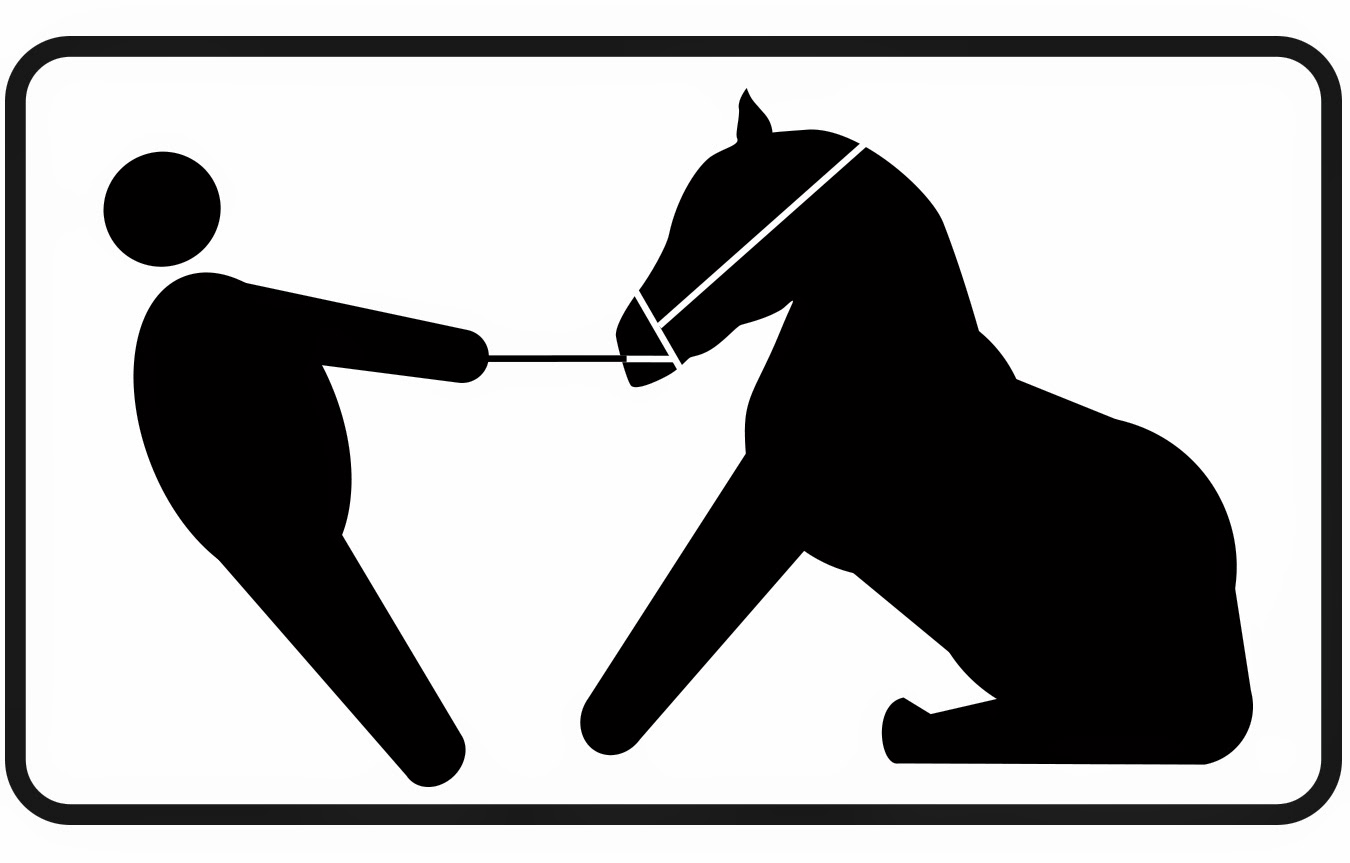- What did you do?
- What did you say?
- Who did you say it to?
- How many times did you say it?
- How did you feel?
- What did you believe about the changes being made?
- What did you believe about your attitude to the change?
Just because you think this time you're right, and that anyone resisting the change is wrong, doesn't mean you're correct. Nor that the others involved will agree with you.
I would suggest resistance is often more about the way you went about it. I'm still friends with people who lost their jobs as a result of an outsourcing project I was involved with many years ago. I believe the reasons for this is because of how I went about it. I'm not sure I applied every one of the 8 steps I shared yesterday but somewhere close.
For the last couple of days the blog posts have explored strategies of change and implementing change. Last week the posts looked at influencing more generally, and how to avoid putting people's barriers up in the first place. If you apply these models well, and flex the communication to suit the audience, then hopefully you won't meet too much resistance.
However we don't always get it right and resistance can be present.
Here's some things you might want to think about:
In built resistance or constraints to change *:
- Bureaucracy
- Lack of resources - people, finance, office space etc
- Incorrect resources
- Politics - the relative power and interest of all stakeholders needs to be assessed
- Insecurity about the future
- Perceived risk - which is riskier - to stay or change?
- Blame culture - means people avoid taking risks which may not work (a biggie in many organisations)
- Deference to a leader resisting the change isn't going to help.
There are however other ways that resistance can be observed, and management of these is much more difficult to achieve:
Covert resistance from other managers in the organisation: *
- Diverting resources - splitting the budget or moving key individuals to work on another project
- Exploiting inertia - making agreement conditional on a whole load of others things taking place - more analysis, more data etc
- Dissipating energies - ensuring key people are asked to do other time consuming tasks as well
- Keeping goals vague and complex - leads to headless chickens
- Encouraging and exploiting lack of organisational awareness - yep just watching you trip yourself up when you present the strategy
- Reducing the champions influence - which might involve spreading rumours etc
- Keeping a low profile - to avoid expressing resistance or being persuaded of the reasons for change.
What do you need to do differently in the current situation?
Alison Smith
Inspiring change inside and out - when what you're doing isn't working
* With thanks to David Boddy's Management: an introduction for the basis of this blog post.

No comments:
Post a Comment